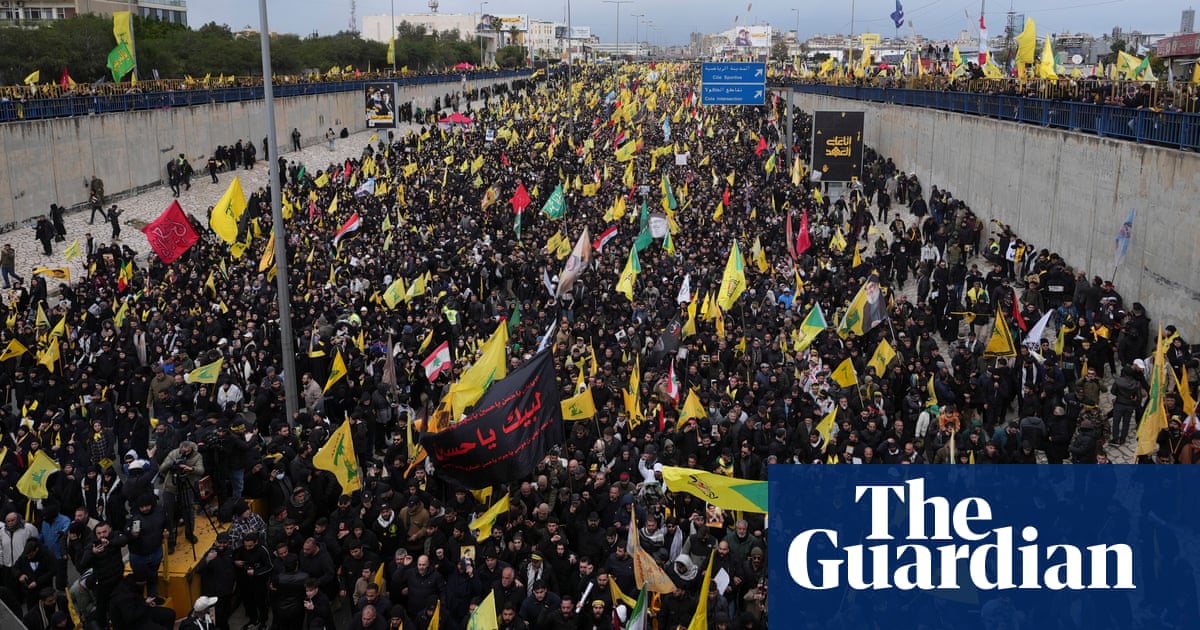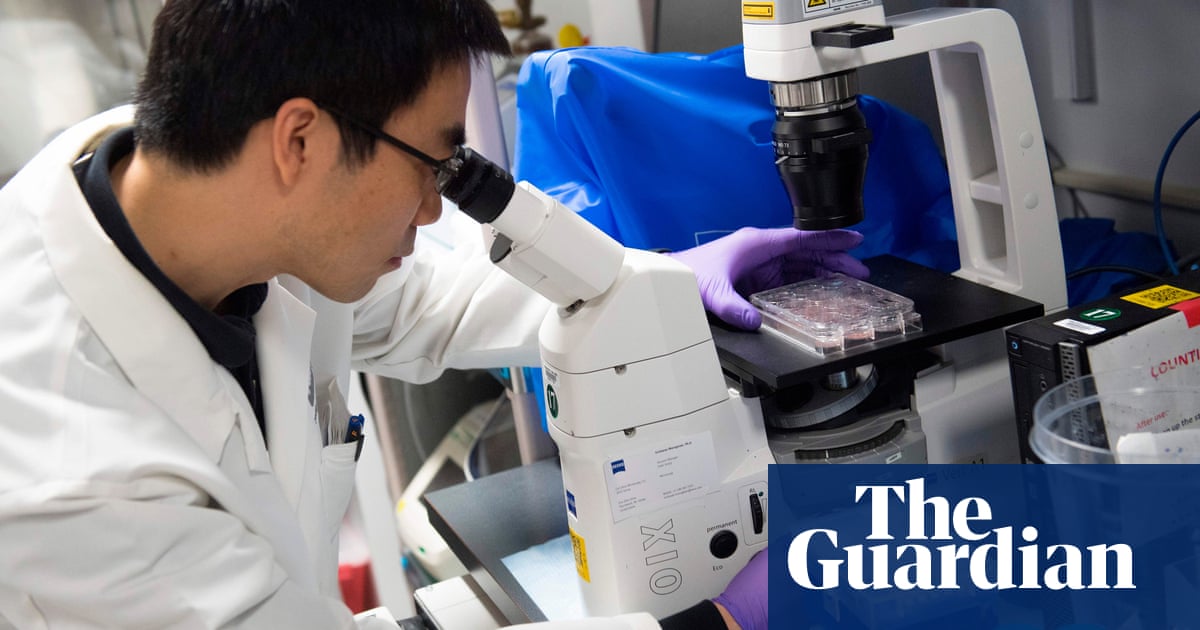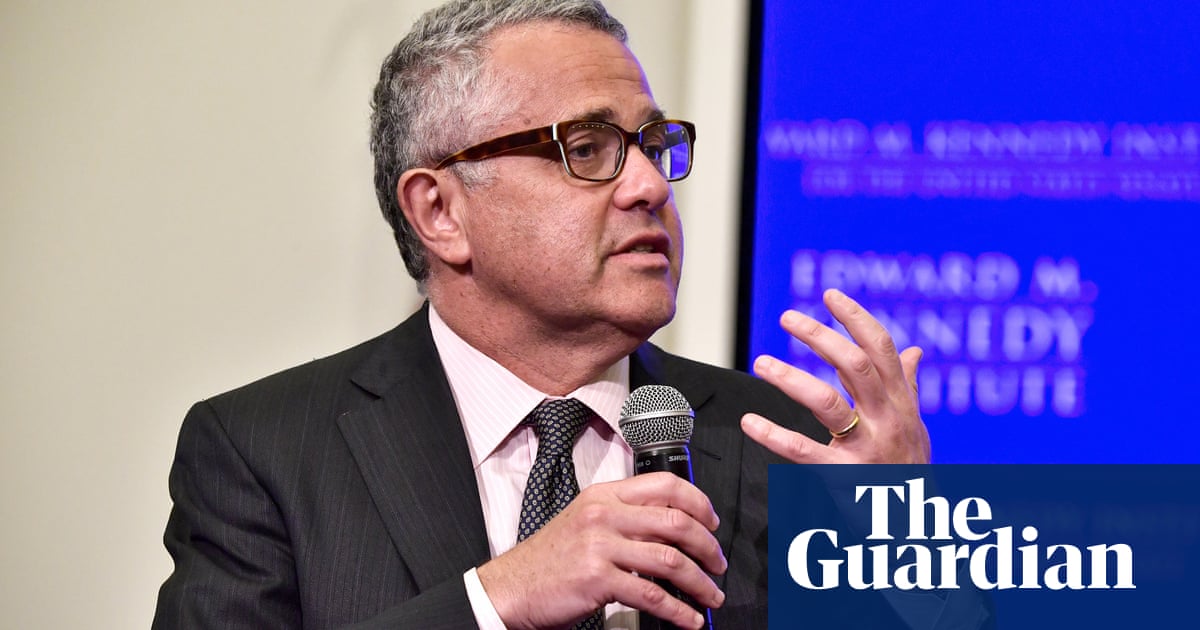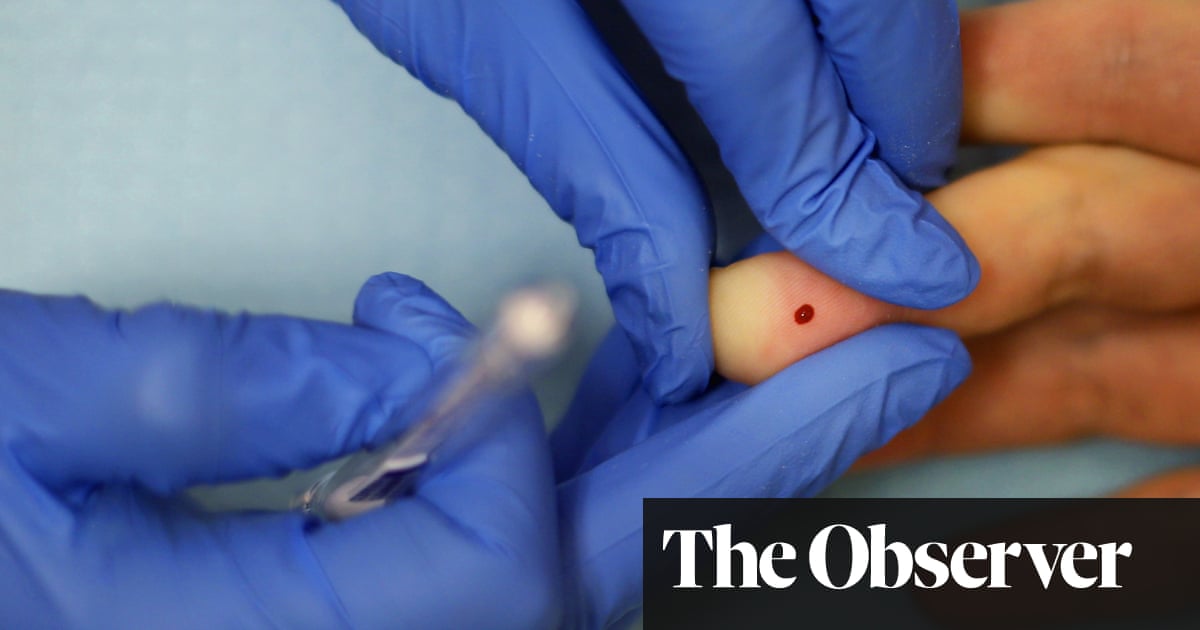In the rust belt of north-eastern Hungary, a new economy is thriving – one built on human blood. Private companies have found a way to profit from the desperation of the region’s most marginalised population, the Gypsies. For many, the act of donating blood plasma has become a lifeline, a grim means of survival in a landscape of chronic unemployment and deprivation.

-
Miskolc, Hungary. One man prepares for plasma donation, while the other shows his bandaged arm
Plasma donation is a process in which the liquid part of the donor’s blood is collected while the red blood cells and platelets are returned to the donor by a machine. In Hungary, plasma donations have exploded over the past few years. More than 50 plasma centres operate across the country, with companies collecting up to 2,600 litres (570 gallons) of plasma a week in facilities that run six days a week, often at full capacity. By law, donors can only be paid 7,500 forints (£15.30) in cash, but there is no regulation on additional incentives. As a result, plasma centres have gamified the process, offering points, bonuses, and lottery entries as rewards for frequent donations. With every 10th, 20th, and 30th visit, donors can receive shopping vouchers or participate in draws for prizes such as e-scooters or (pun intended) plasma TVs.
These centres are predominantly concentrated in eastern Hungary, where unemployment is high, and the local population – many of whom are Roma – struggles to make ends meet. For the poorest, plasma donation has become a regular, if dangerous, form of income. “It’s like gambling,” one local donor told me. “You keep going back, hoping for that prize.”

-
Tornanádaska, July. A woman shows the booklets from different plasma centres where she and her son have been donating

-
Pétervására. A woman watches her daughter play after donating plasma to buy her a birthday gift, Pétervására, Hungary
The lack of regulation in the system is evident, contributing to the creation of a wild west of healthcare providers in these left-behind regions. Although Hungarian law permits plasma donations only twice a week, there is no effective mechanism to track how often individuals donate. Plasma centres do not share donor information with one another, and many donors visit several centres within the same week to trick the system and maximise their income. Some medical professionals have been accused of turning a blind eye to this practice. “Doctors see on my arms that I’ve donated at another centre the day before, but they still take my plasma. For them, it’s all about the numbers,” said one donor.

-
Tornanádaska. This 18-year-old boy has been donating plasma for two years
It has been alleged that the medical teams at the plasma centres often overlook the most basic health regulations when triaging donors, just to increase the donor numbers. I met a young man, now 18, who said he started donating plasma when he was just 16 – two years below the legal age limit. He and his mother regularly commute for two hours from their village, Tornanádaska, to the county town of Miskolc, where four different plasma centres operate within walking distance of one another. “We both donate,” the mother said. “It’s how we feed our family of 10.”

-
An advertisement banner in Ózd promises cash for plasma donations, mixing the lure of financial gain with the noble idea of saving lives
For many in this region, plasma donation is no longer just a source of shame – it is a necessary evil. Outside a donation centre in Miskolc, I spoke with a Roma woman waiting with her child while her husband was giving plasma: “We only get enough money to buy food for a couple of days,” she said in a fearful whisper, “Then we have to come back again.”
The stigma surrounding plasma donation is evident. Many donors were reluctant to be photographed, agreeing only to show their arms, covered in needle marks. One donor, who has become friendly with the doctor at the centre he visits, told me: “She said she would never give plasma herself, not for any amount of money.”

-
Miskolc, September. After donating plasma, a man, still pale, explains how he fainted during the process
He went on to describe his own experience. “I’ve just fainted during donations because I didn’t drink enough water beforehand, and my immune system isn’t what it used to be. But what choice do I have? If there’s no work, I have to feed my family – literally with my blood.”

-
Miskolc, September. Hungary has a legal limit of 45 plasma donations a year, but this man found a way around the system, donating 300 times. Despite his unhealthy appearance, he insisted he was fine
In the north-east, where public transport is unreliable and jobs are scarce, some plasma donors travel long distances to maximise their earnings. On a bus to the former mining town of Ózd, I met a man travelling an hour and a half from Pétervására. He looked frail, barely weighing more than 50 kilos [eight stone]. “Yesterday, I gave plasma in Salgótarján,” he said, pointing in the opposite direction with his hands, explaining that he needed money to buy a gift for his daughter’s birthday. His wife, he added, was doing the same.

-
Miskolc. A plasma donor travelling from Pétervására to Ózd to give plasma more often than allowed in order to be able to afford a birthday gift for his daughter
Another donor from the large city of Debrecen, where six plasma centres operate, recounted his own staggering experience. Over the course of a year, he had donated plasma more than 300 times – far exceeding the legal limit of 45 donations a year. “I gave 220 litres of plasma in one year, just at one centre,” he told me. “The law says a person can only give 34 litres in that time. But they don’t care about that here. All they care about is the money.”
The lack of oversight and regulation has made it easy for these companies to take advantage of an already vulnerable population. For many Roma in the rust belt, plasma donation is no longer a choice. It’s a matter of survival.

-
For 850ml of plasma, this person has received £15 cash plus a £15 shopping voucher
Frequent plasma donors are often blind to the toll it takes on their bodies. In the desperate daily fight to survive, concern for personal health becomes a distant worry. I can still remember the appearance of the man who had donated more than 300 times: low weight, pale skin, hollow cheeks – the embodiment of being literally drained. When asked about the impact, he brushed it off, saying that even though the smallest cold now knocks him down, he still considers himself “healthier than ever”.
This form of self-exploitation is subtly encouraged by companies that often minimise the risks and relentlessly advertise the lifesaving nature of plasma donation. It is true that plasma saves lives – but what happens when the lifesaver’s health is sacrificed in the process?

 2 months ago
46
2 months ago
46













































